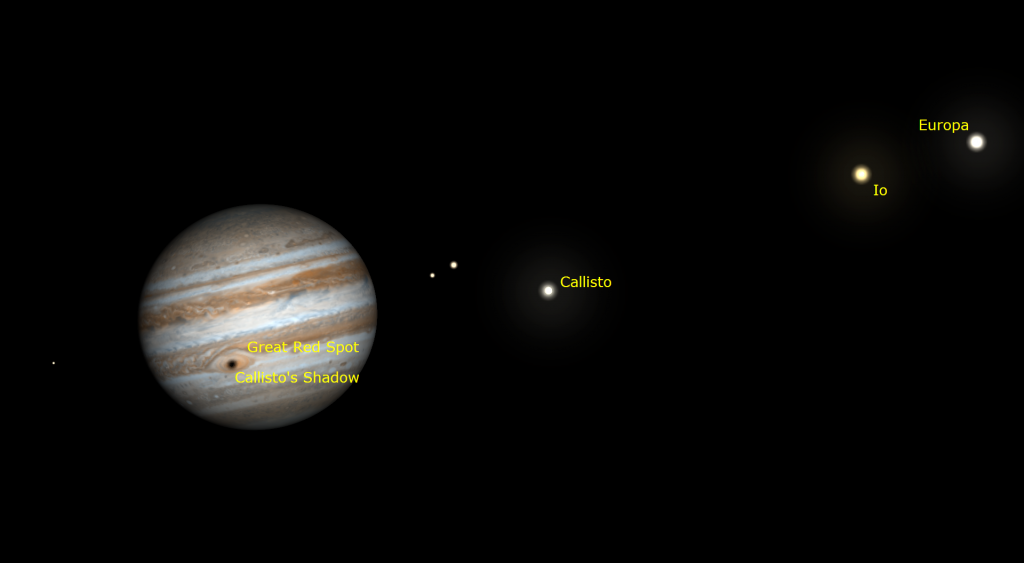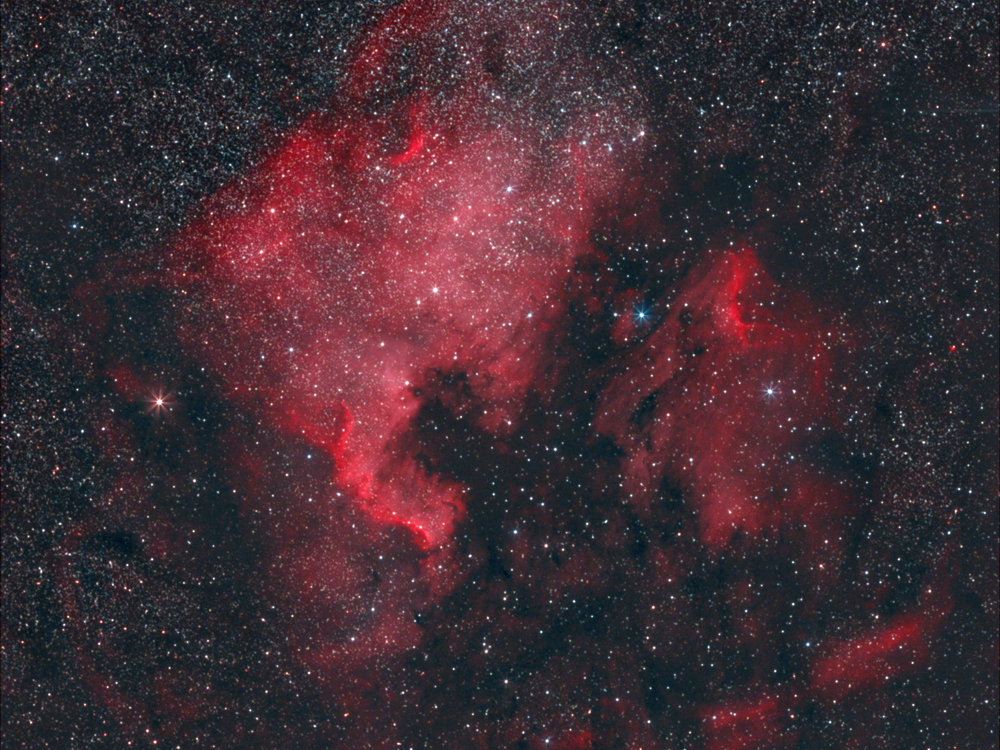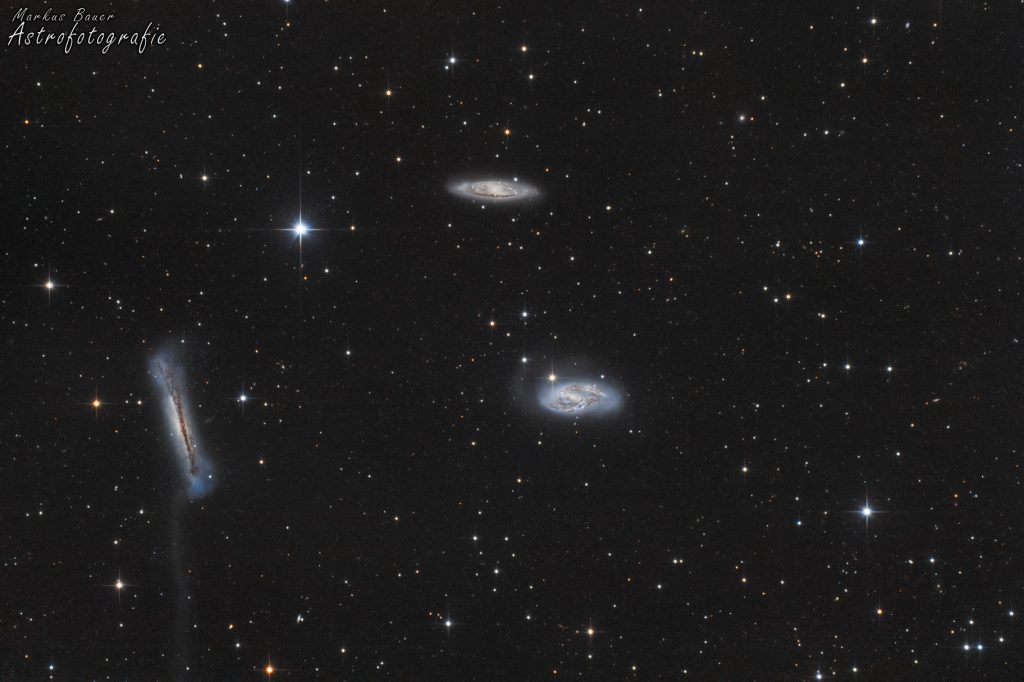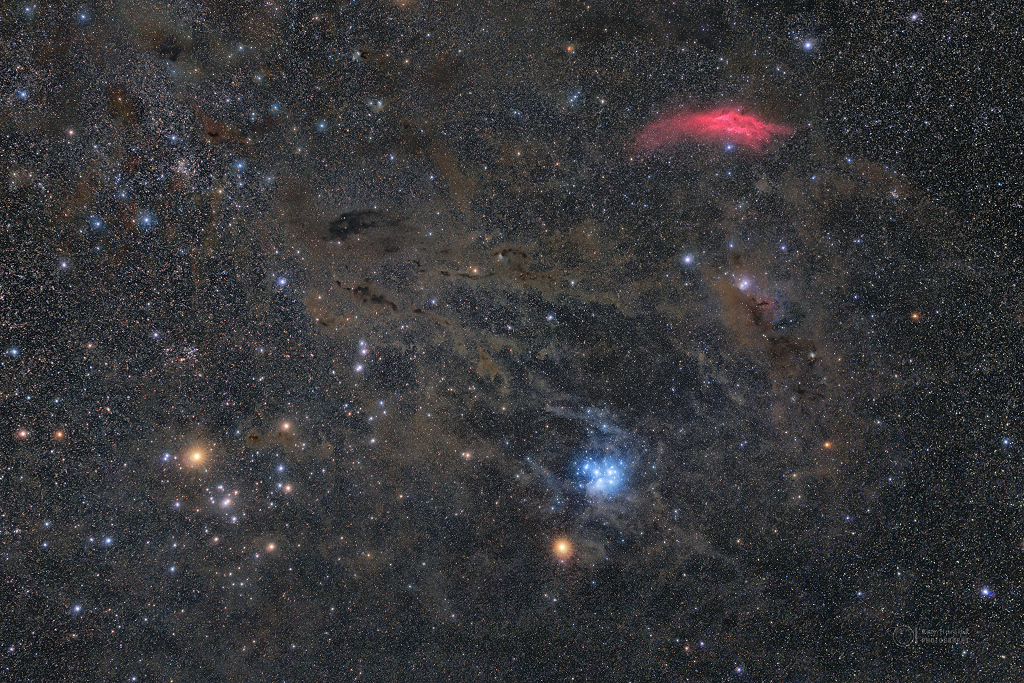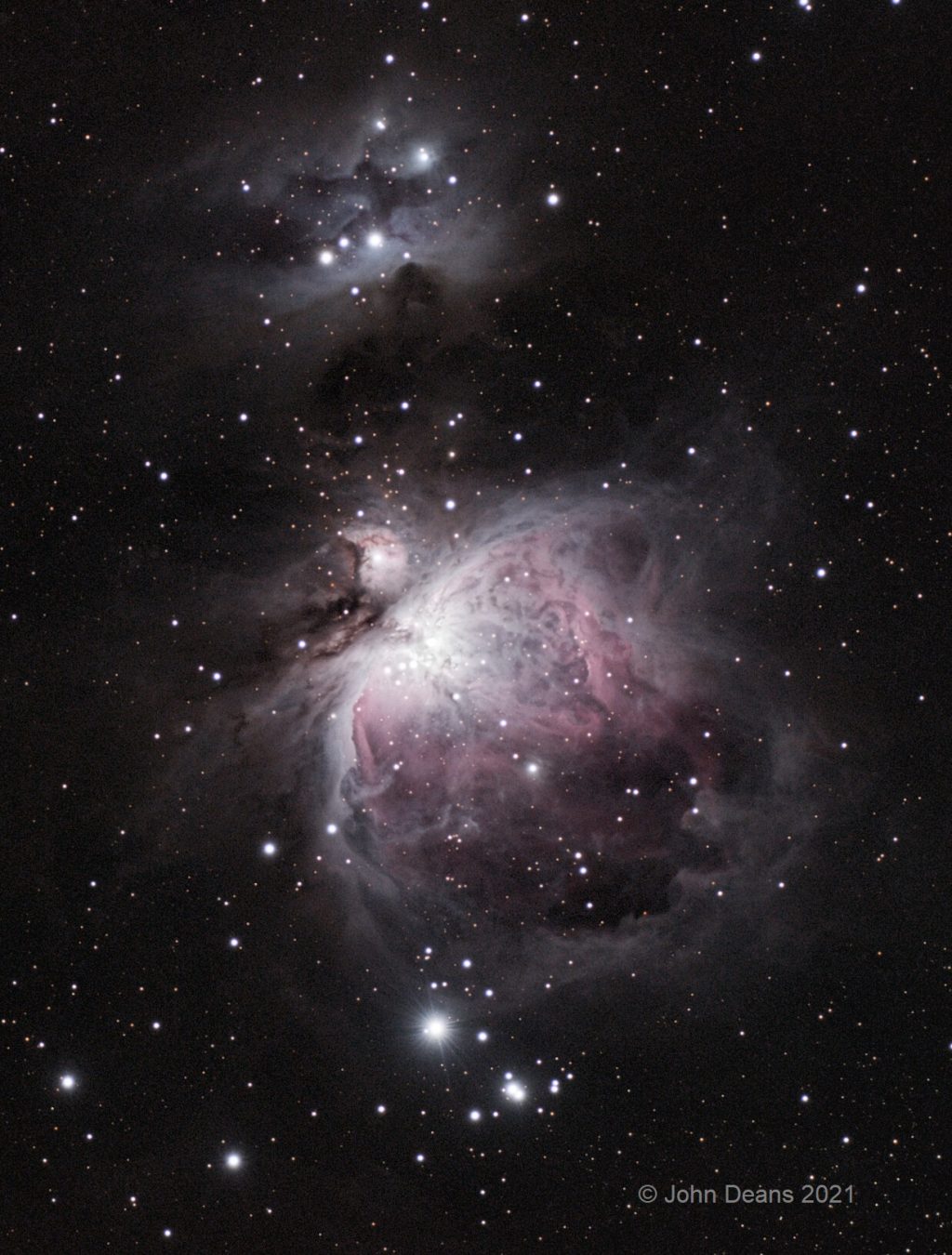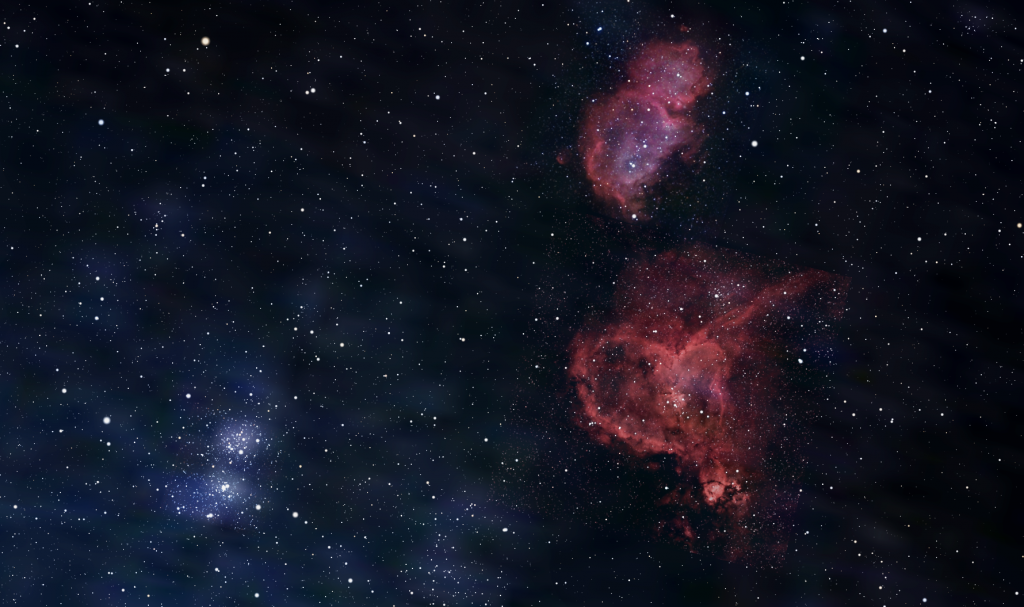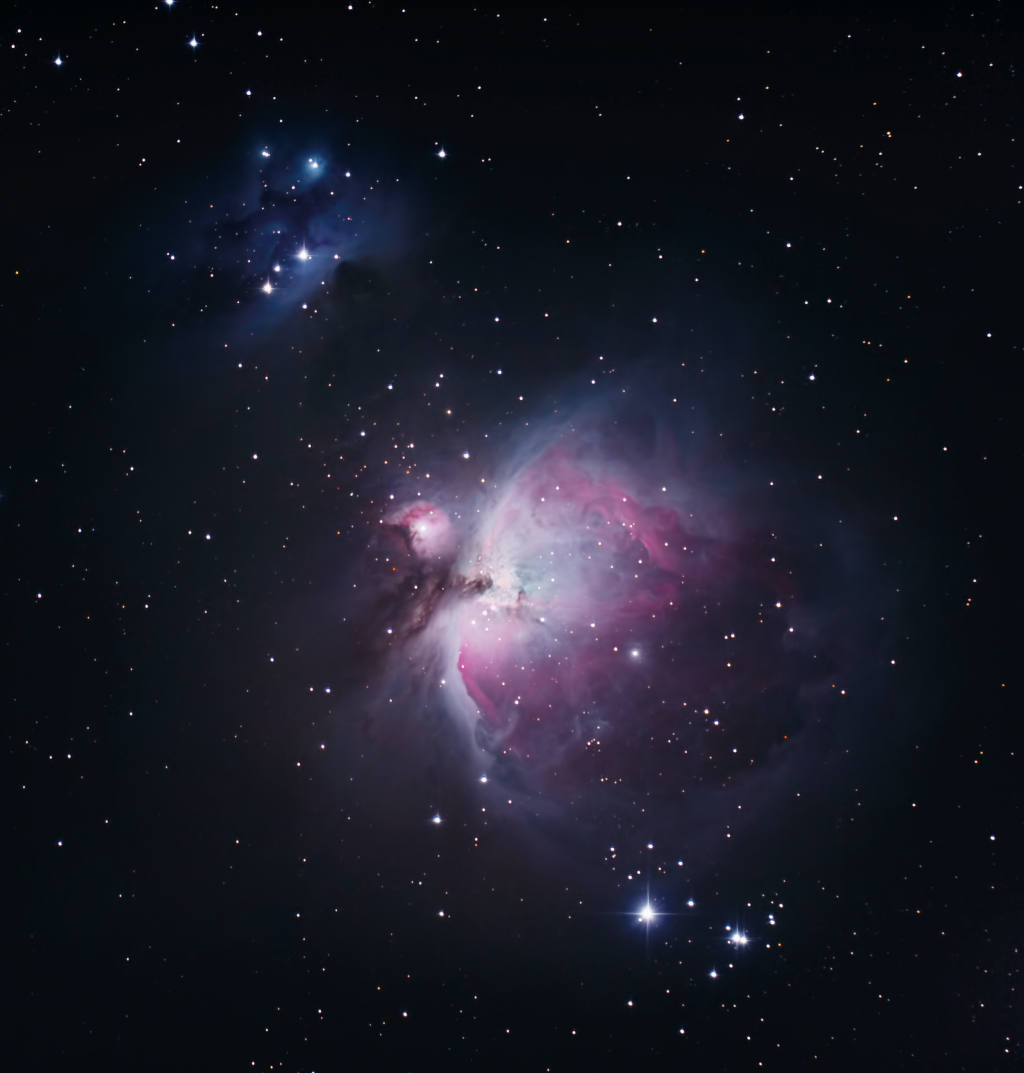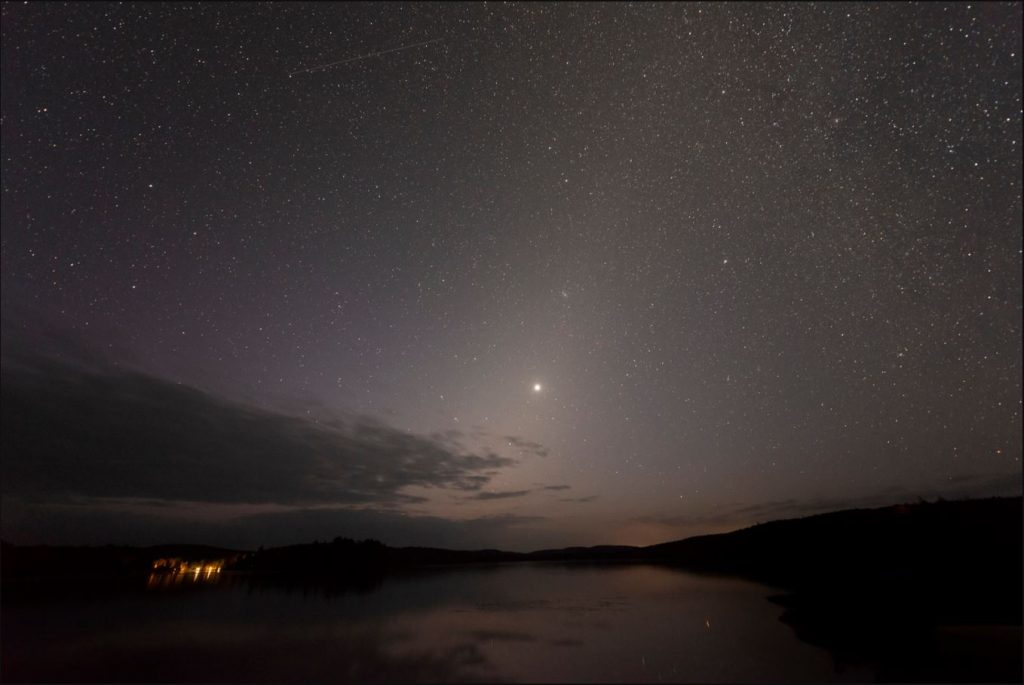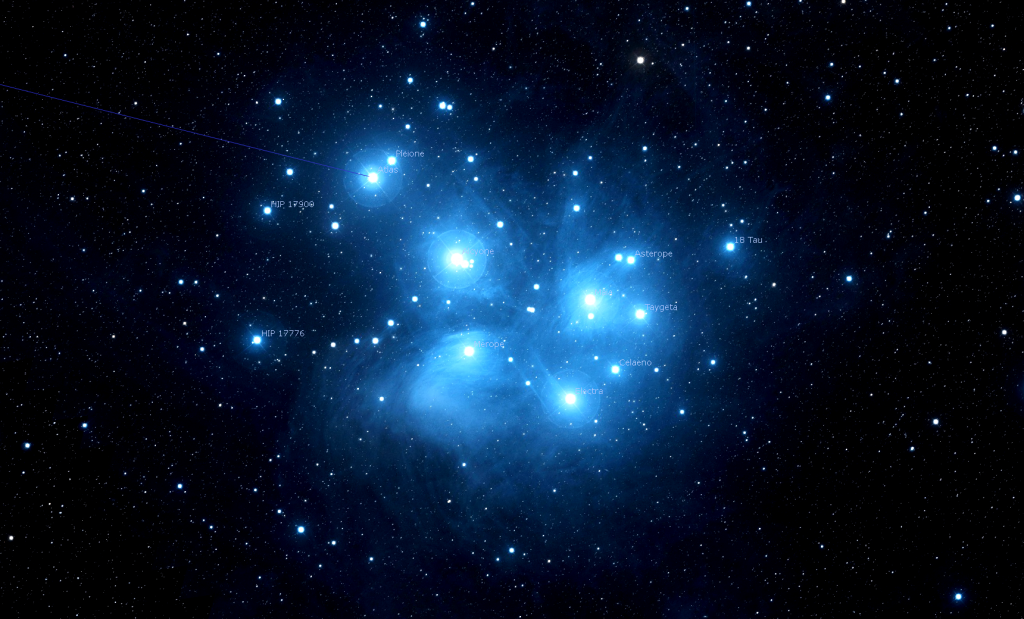An Eye on Jupiter, Lunar LOVE, Maximum Mercury, Nearest Neptune, and Galaxy Gazing!
When Callisto’s round, black shadow crosses Jupiter on Friday night, September 17 between 6:15 pm and 11 pm EDT, it will be on, or near, the Great Red Spot – as shown in this simulated view for 8 pm EDT. The shadow will gradually slide to the left of the spot as Jupiter’s rotation outpaces…
Read more
